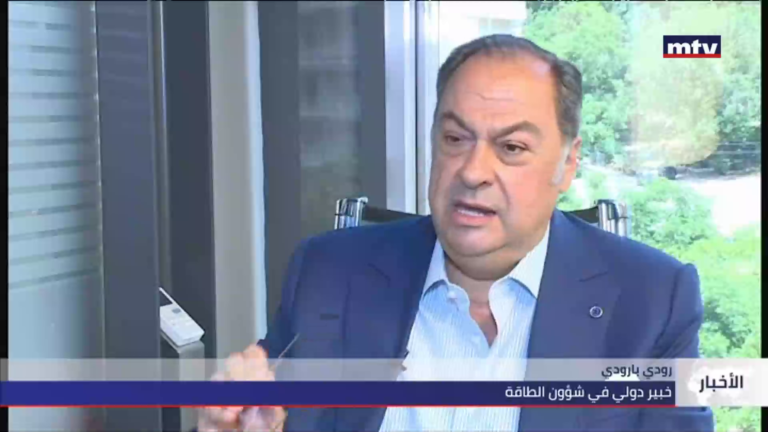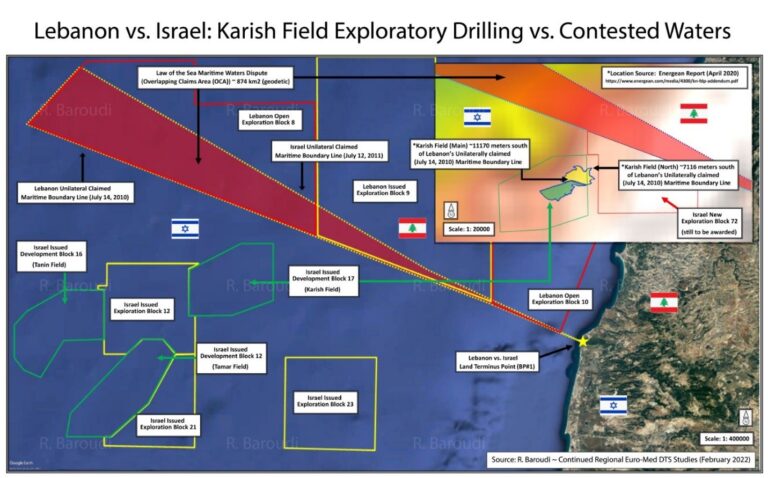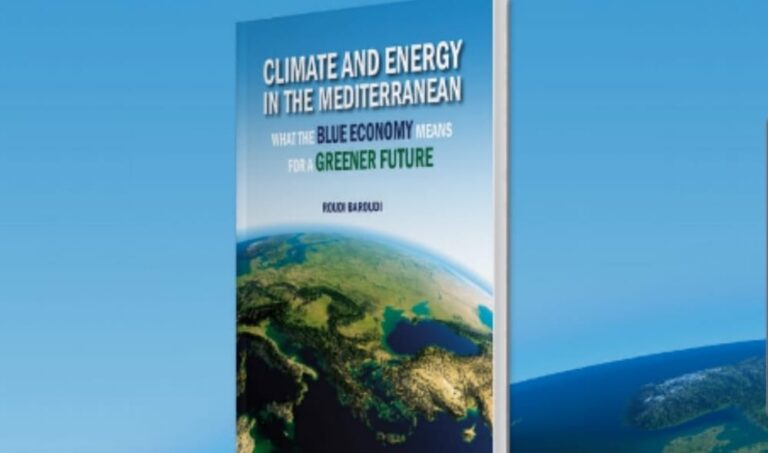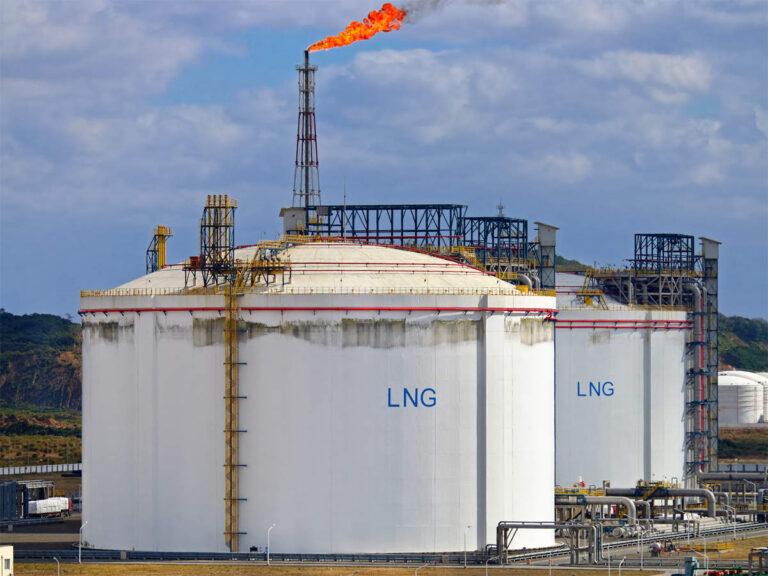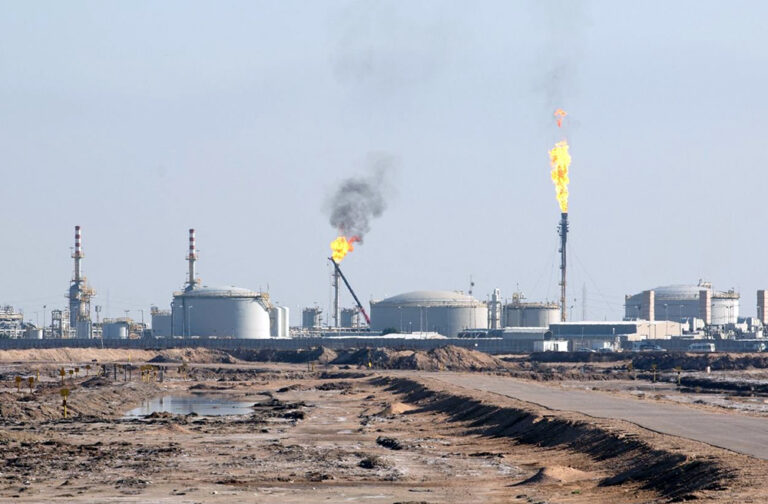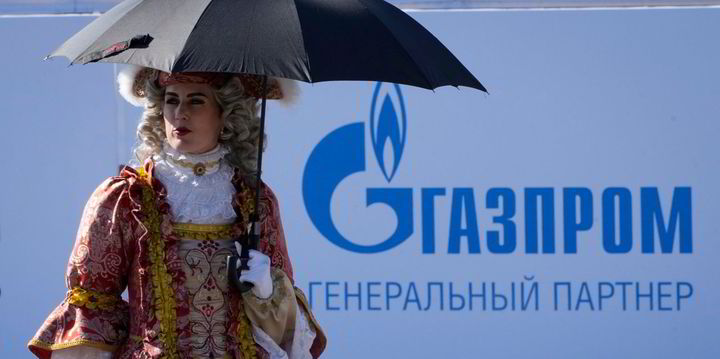FIFA World Cup Qatar 2022 infrastructure is ready: al-Thawadi
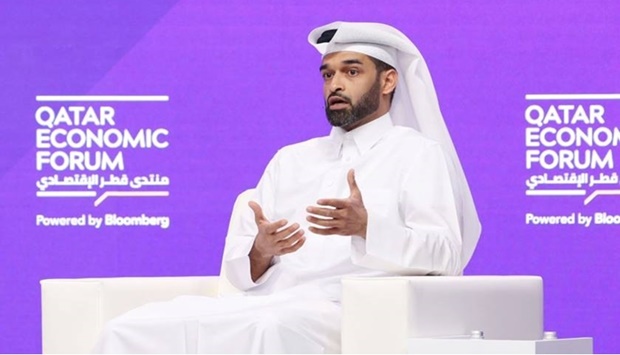
Hassan al-Thawadi, Secretary-General of the Supreme Committee for Delivery & Legacy (SC), said the infrastructure for the FIFA World Cup Qatar 2022 was ready. Speaking at the Qatar Economic Forum, Powered by Bloomberg, Wednesday, al-Thawadi added that work is underway to implement the rest of the projects related to some roads that witnessed delays in implementation as a result of the Covid-19 pandemic and global economic fluctuations.
The SC Secretary-General expressed his confidence that the rest of the projects related to the World Cup will be completed on time. He pointed out that efforts are being made to respond to various housing requests during the tournament’s activities at acceptable prices, especially considering that FIFA received 27mn requests for World Cup tickets with 1.2 million tickets sold. The next opportunity to purchase World Cup tickets will be on a first-come, first-served basis, but the date has not been announced yet. World Cup qualification matches have now concluded and all 32 available slots for the tournament have been secured.
Al-Thawadi admitted it was hard to stop businesses taking advantage by raising prices and said he was working to limit ‘price-gouging’ as costs soar for the Qatari capital’s accommodation.
“I think about 1.2 million tickets have already been purchased,” al-Thawadi said. “So people are actually buying and people are excited to come there. There’s no doubt about that.”
There will be 130,000 rooms in hotels, apartments, cruise ships and desert camps, where there will be 1,000 tents. But al-Thawadi admitted it was “tricky” reining in accommodation prices, which are soaring in line with demand. “(We want to) avoid price-gouging,” he said. “Obviously market forces always mean that as long as there’s a lot of demand, prices skyrocket. We’re trying to create an environment where the business community benefits but at the same time, it is affordable and accessible for the fans as well.”
“In terms of availability, we’ve tried to ensure that we provide different offerings on different categories. So from the affordable, which range from $80 to $100 a night all the way to the pricier ones in terms of five-star hotels,” al-Thawadi said.
The SC secretary-general stated that a number of hotels will be operational before the start of World Cup which will contribute to diversifying the offer to Qatar’s guests. He pointed out that the tournament will represent an opportunity for fans to travel to Qatar and the countries of the region, and to learn about different Arab cultures.
Al-Thawadi highlighted that the importance of the FIFA World Cup Qatar 2022 lies in bringing people from different parts of the world together as a major and distinguished global event, and an occasion to celebrate football and encourage national teams, stressing that this session of the tournament will allow everyone to celebrate and learn about the depth of Qatari culture in the context of respecting the customs of the country.
Al-Thawadi stressed the gains made for the benefit of workers in Qatar and the approved laws that support workers’ rights, which made Qatar a pioneer in this field, contrary to what some promote. He pointed out Qatar allocated $28bn billion to provide jobs for workers during the World Cup.
“We’ve set benchmarks in the region by dismantling the kafala system and implementing non-discriminatory minimum wages. I’m very proud to say the SC’s project on reimbursement of recruitment fees has seen businesses voluntarily joining in and making a commitment of about $28 million, out of which, $22 million have been repaid to workers. This is not an initiative that’ll end when the spotlight goes away, this is something we’re committed to, and we’ll continue doing,” he said.


